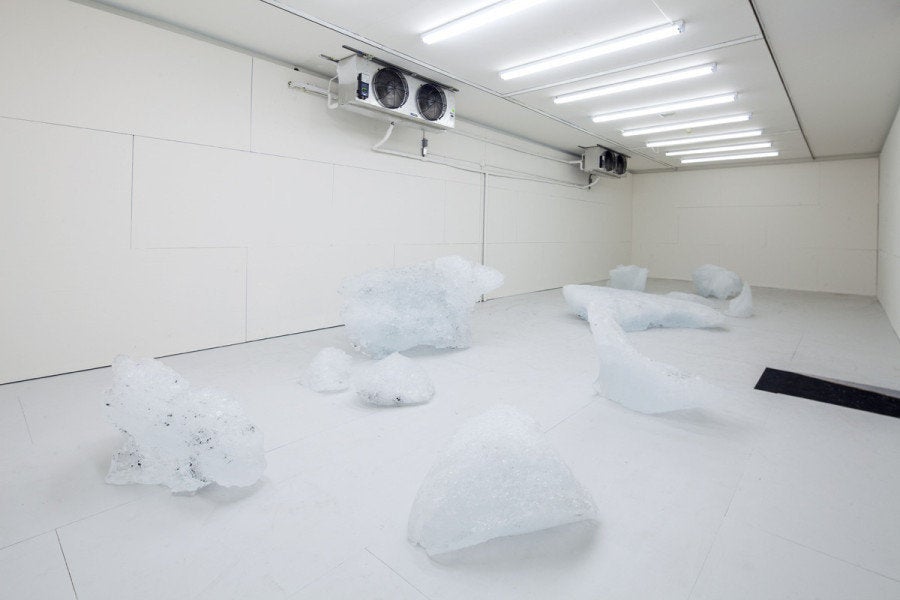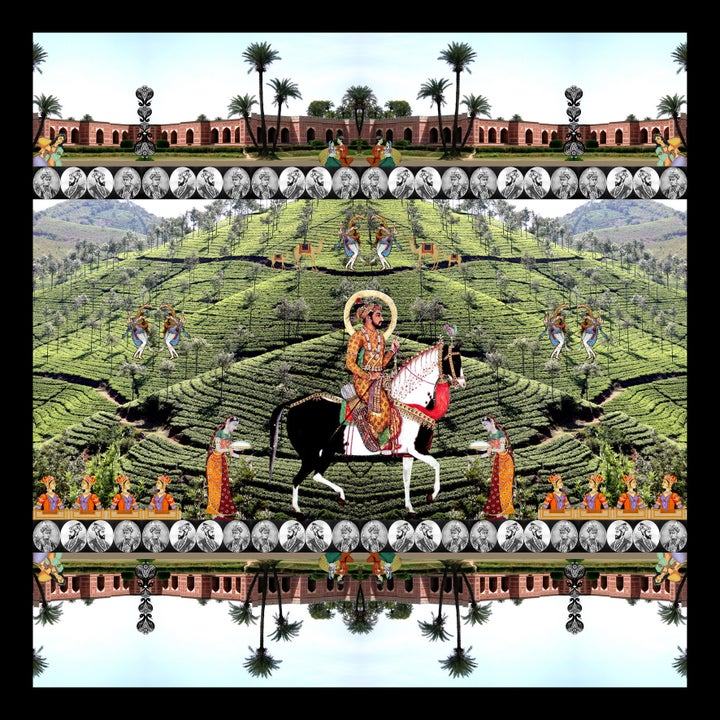
Moghul Dream, Jeanno Gaussi
To some, contemporary art may seem like an afterthought to politics and economics -- something to tack on once ideological kinks have been worked out in modernized cities. But sometimes the process goes the other way, and art actually enables dialogue and social betterment.
Such is the case with Israel’s first Arab modern art museum, which opened last month in Sakhnin, a small, predominantly Muslim city far from the traditional art hotspots of Tel Aviv and Jerusalem.
The Arab Museum of Contemporary Art and Heritage (AMOCAH), is the brainchild of Belu-Simion Fainaru and Avital Bar-Shay, two Israeli artists who had the idea while curating the Mediterranean Biennale. Not satisfied with the biennial model of featuring new artwork just every two years, they dreamed of a more consistent home for modern and contemporary Arab art.
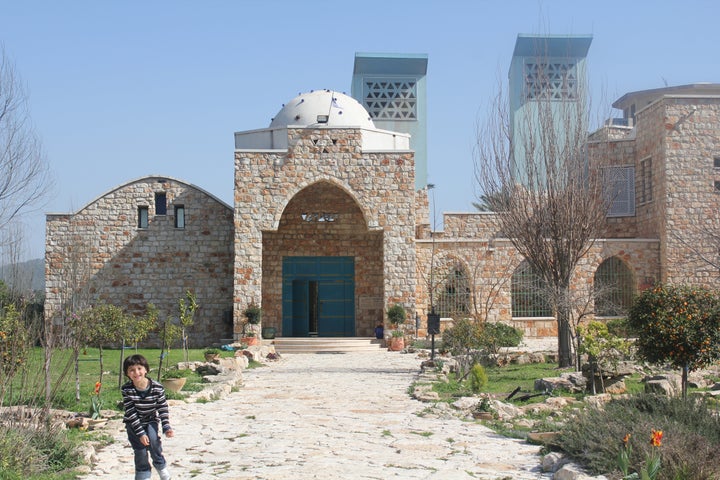
It took them three years to turn that abstract idea into a physical museum. Three years of mediating local disputes, international politics and complex cultural differences. Many of those challenges -- as well as the rewards -- originated in the location they selected.
Sakhnin, located in the Galilee region, is quite a distance from Tel Aviv and Jerusalem, which traditionally house modern art museums and galleries. Convincing Sakhnin residents of the importance of the museum was challenging, as the inherent value of contemporary art was not necessarily a given there. “It sounds simple, it sounds more obvious, when I say that art is a part of life,” Fainaru told The Huffington Post. “In such a place it’s not that clear.”
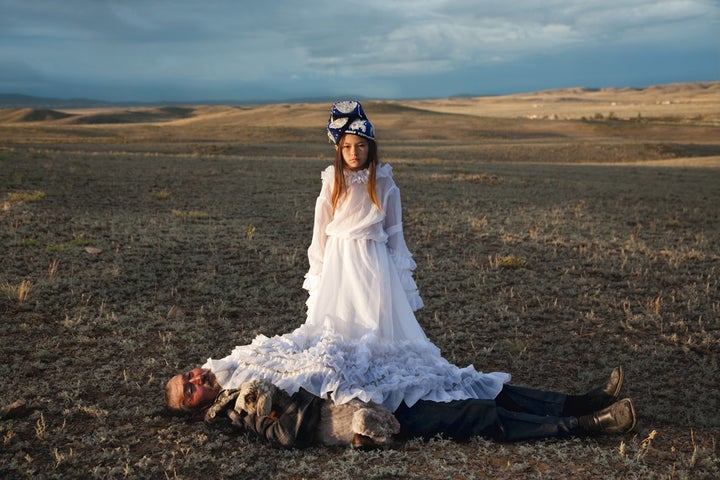
Untitled, Almagul Menlibayeva.
In Sakhnin, art could come into conflict with plenty of personal values and ideologies. For instance, one artist to be featured had initially painted a series of portraits but later decided that the effigies conflicted with his religious beliefs. He now only paints landscapes.
Opening the museum in this location was important though. Art scenes in Tel Aviv tends to focus on international hot shots rather than locals, Fainaru explained, showcasing much of the same material that could be seen in New York City -- rather than what is specific to Israeli or Arab culture.
AMOCAH wants to change that. And Sakhnin’s mixed religious demographics make the museum’s goals of education and artistic awareness particularly significant. Furthermore, Fainaru and Bar-Shay are aware of the fact that contemporary art is generally out of reach for locals, who must travel long distances to see it. Economics play an important role too.
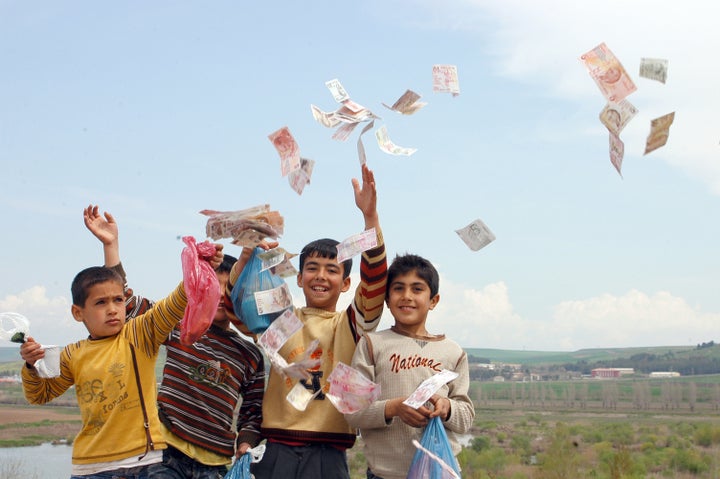
“Everything will be free for people to want to have contact with contemporary art,” Fainaru said. Support for that promise comes from a variety of sources: the local city hall as well as financial aid from organizations in European countries like France, Austria and Germany. Due to the “technical problems” and budget cuts, Fainaru explained, they receive no funding from the Ministry of Culture in Israel.
The museum’s opening exhibit directly addresses its community-oriented role. Titled "HIWAR," the word translates roughly into English as “dialogue,” but more precisely denotes a conversation between two plus people or parties working together toward a positive resolution without animosity.
Though some museums shy away from the politics of art, hoping to keep them in separate realms, AMOCAH does no such thing. ”Opening the museum in the city is political,” Fainaru said. “Opening the museum with an exhibition with a name like dialogue [...] it’s also a political statement.”

Untitled, Abir Athalla
Depending on the source, coverage has focused on the cultural and economic opportunity the museum provides for Israel -- or on the political hope for religious dialogue in the broader Middle East. Fainaru, though, highlighted the local context: the small scuffles that arose and the resolutions subsequently reached among Sakhnin residents, the way the museum has brought new visitors and engendered new infrastructures to support those visitors.
Before AMOCAH opened, for instance, Sakhnin lacked street names and house numbers. But the arrival of museum visitors pushed the mayor to develop an address system and to install signs to that effect -- in both Arabic and Hebrew.
“I hope maybe in the near future it will be maybe in English,” said Fainaru. “Through contemporary art we changed the city."
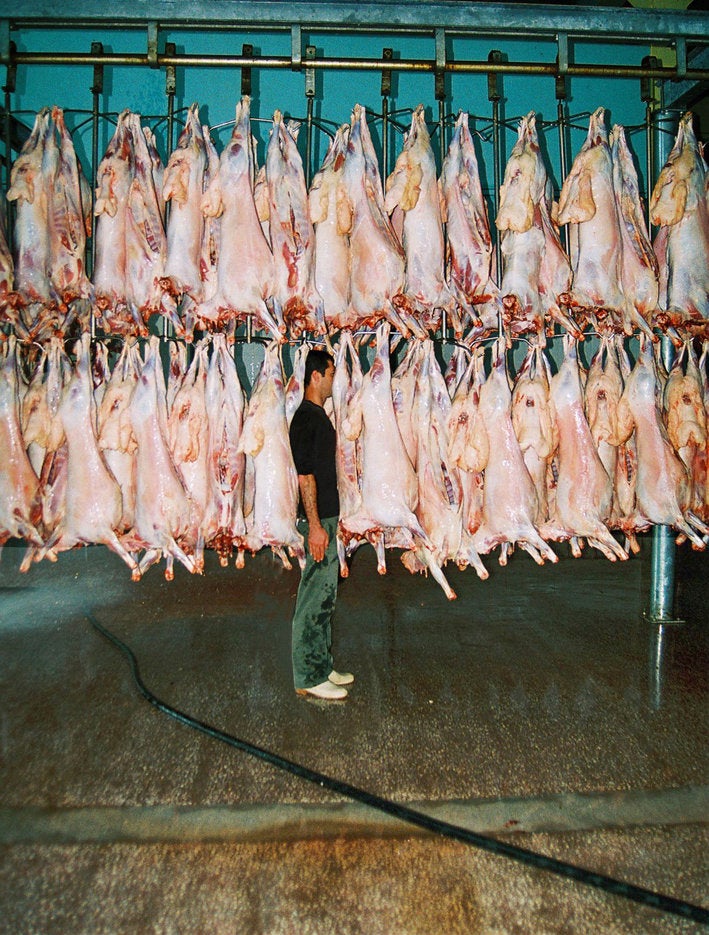
Enentegre, Cengiz Tekin
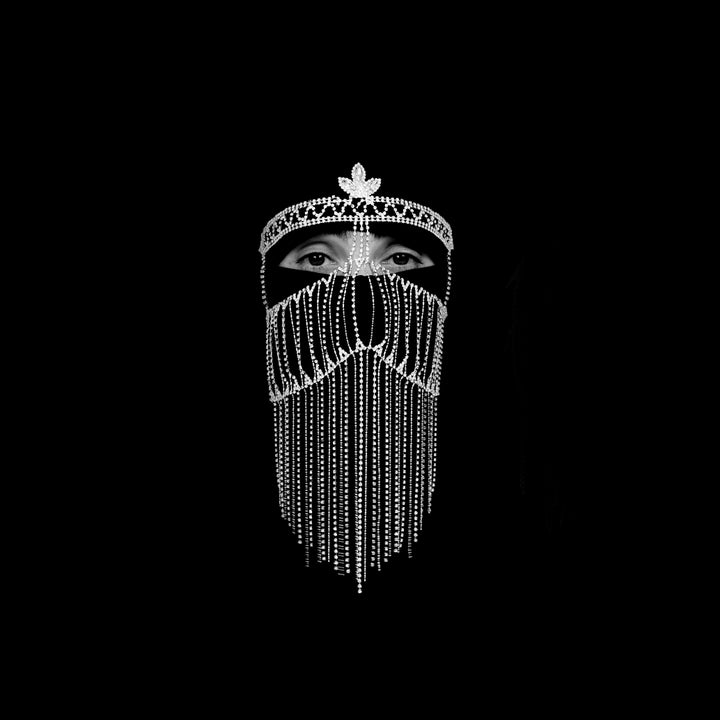
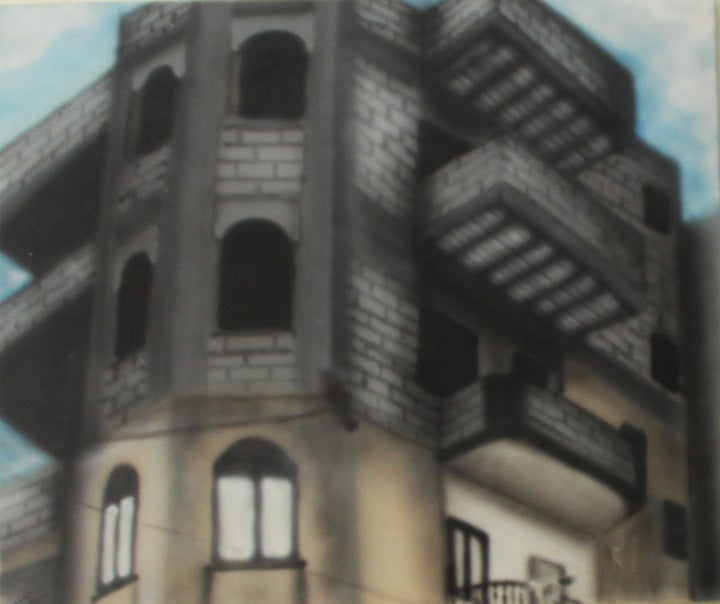
RANY, Runi Zawari.
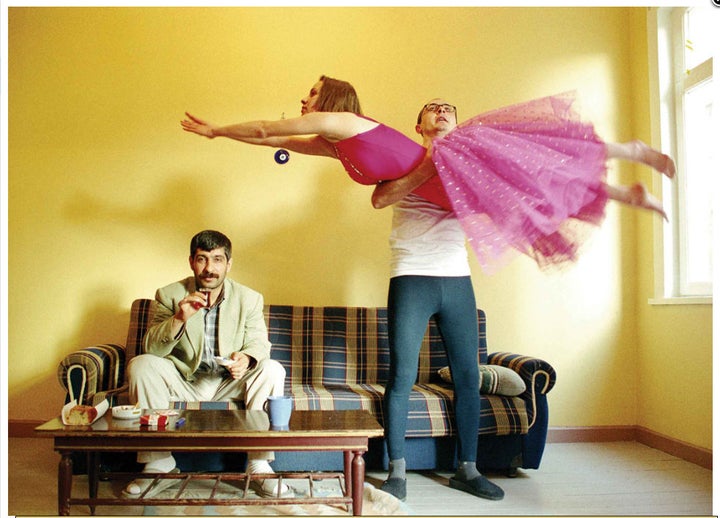
Untitled, Bashir Borlakov
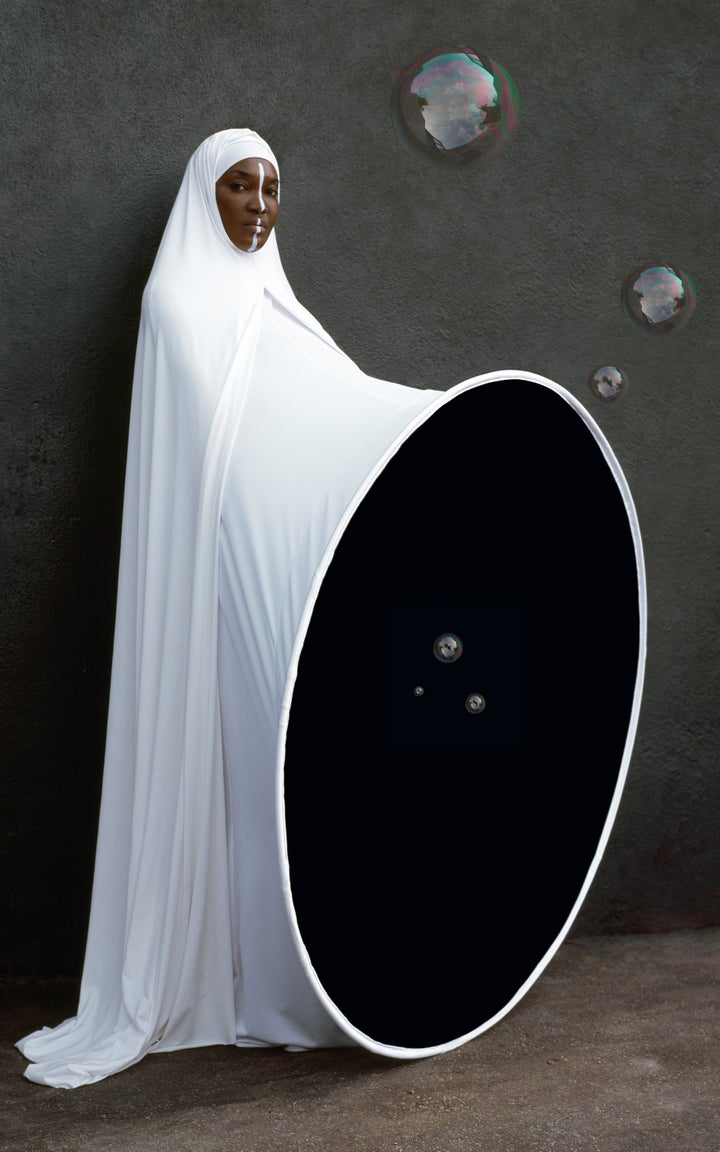
Genitilla al-Wilada, Maïmouna Patrizia Guerresi
All images courtesy of AMOCAH.
Also on HuffPost:

